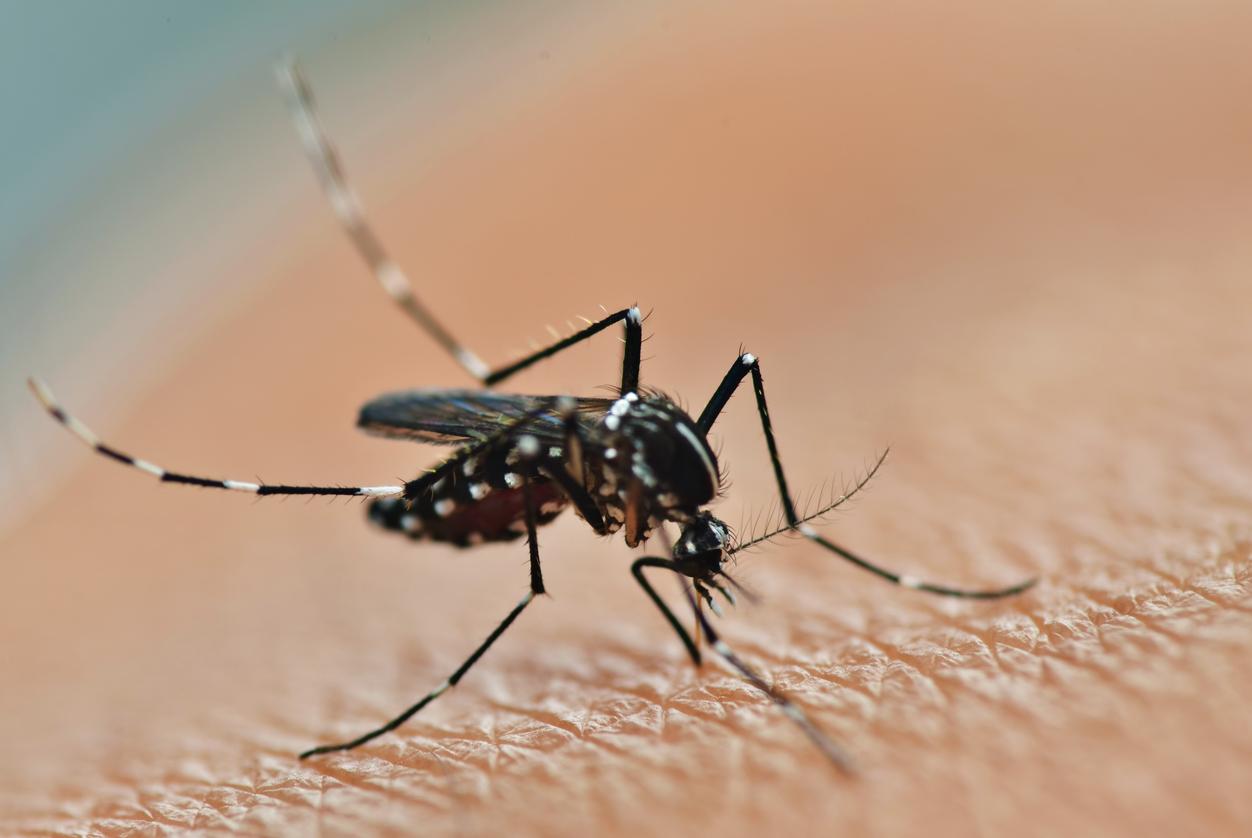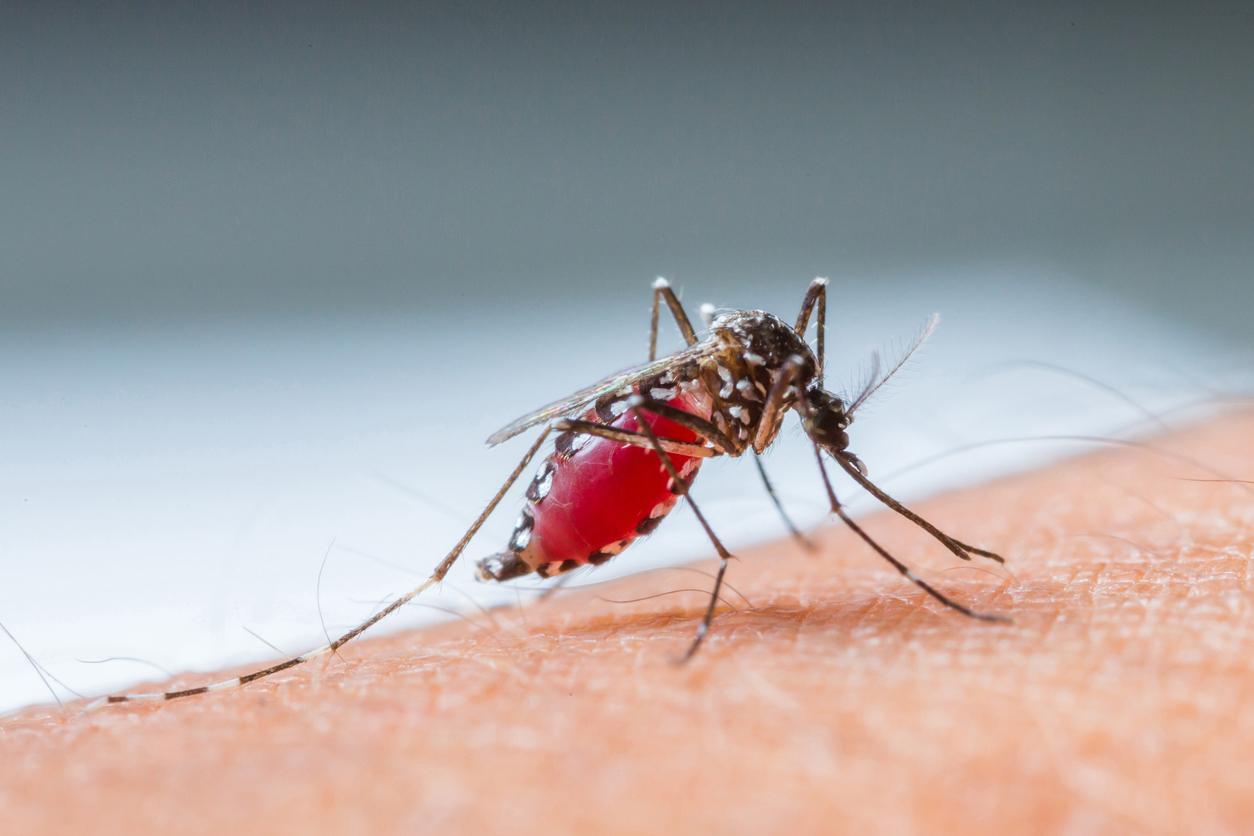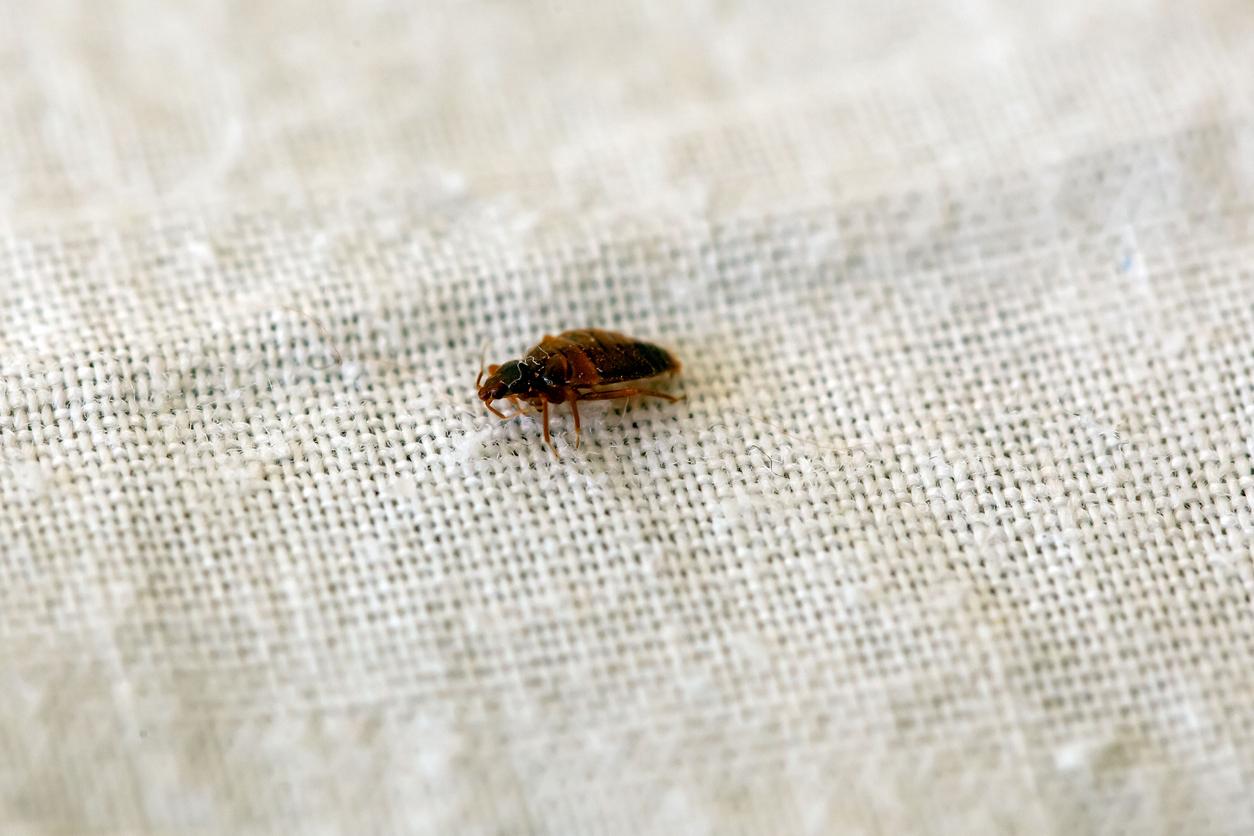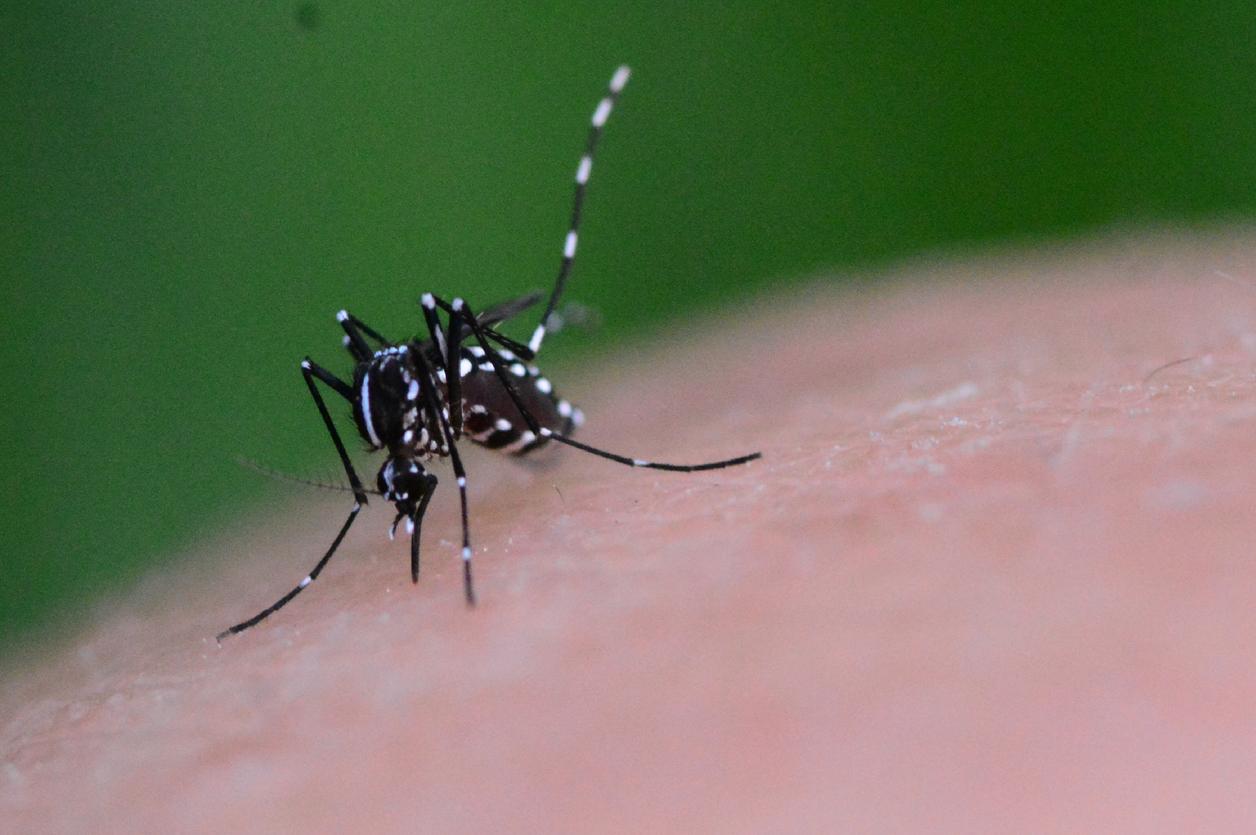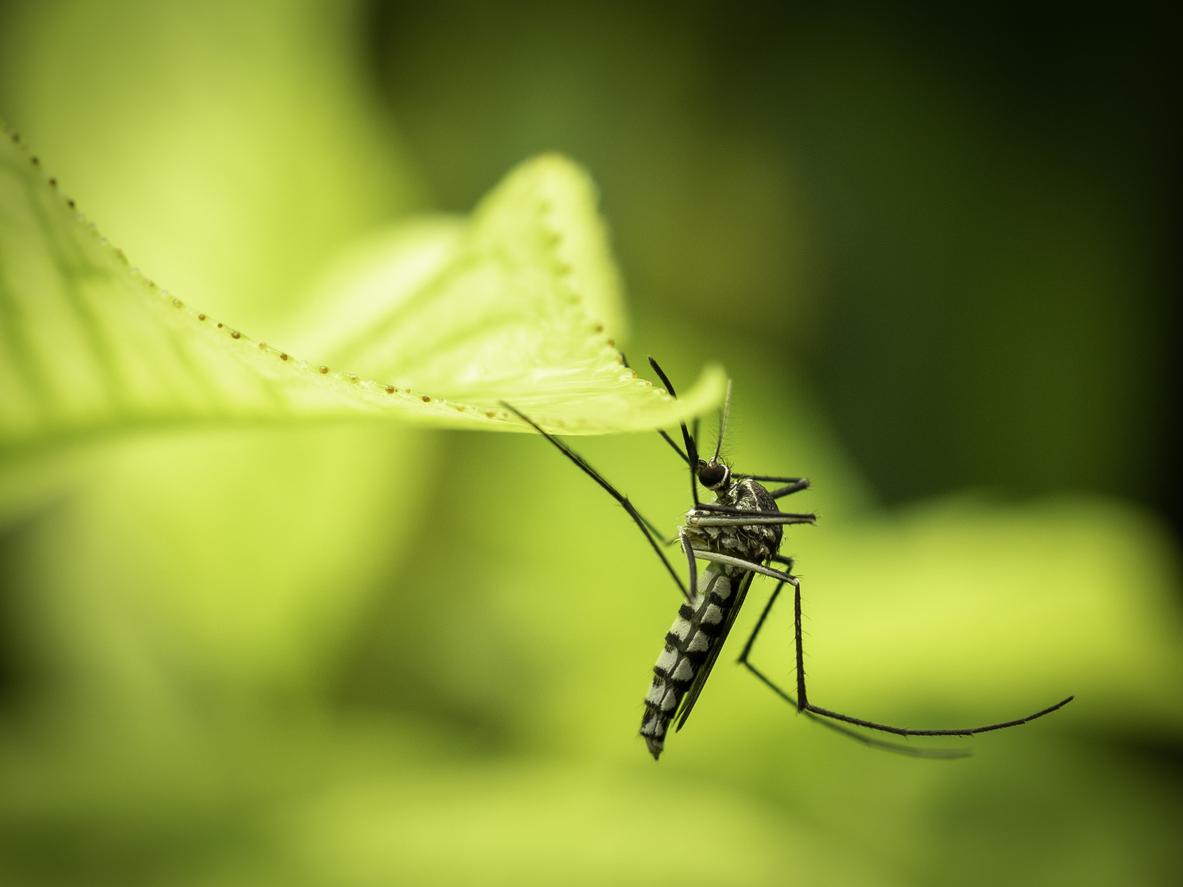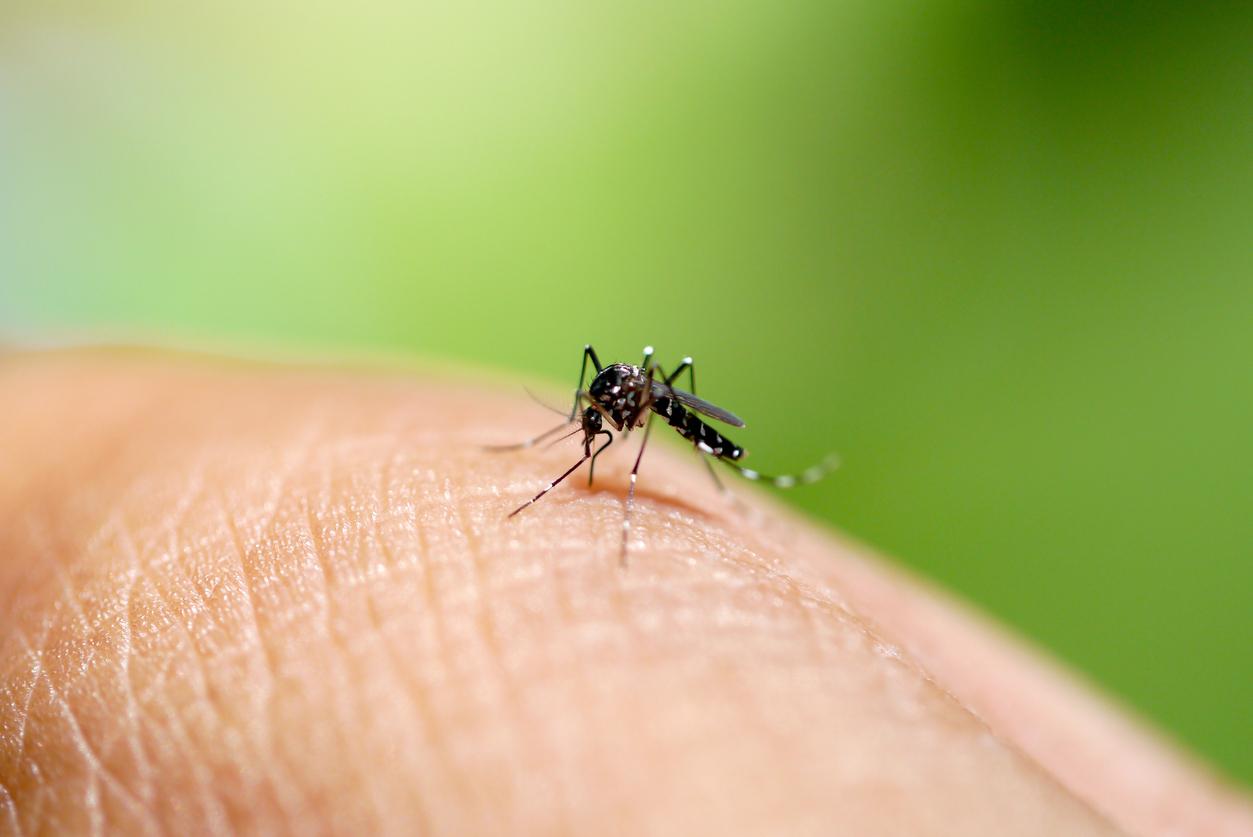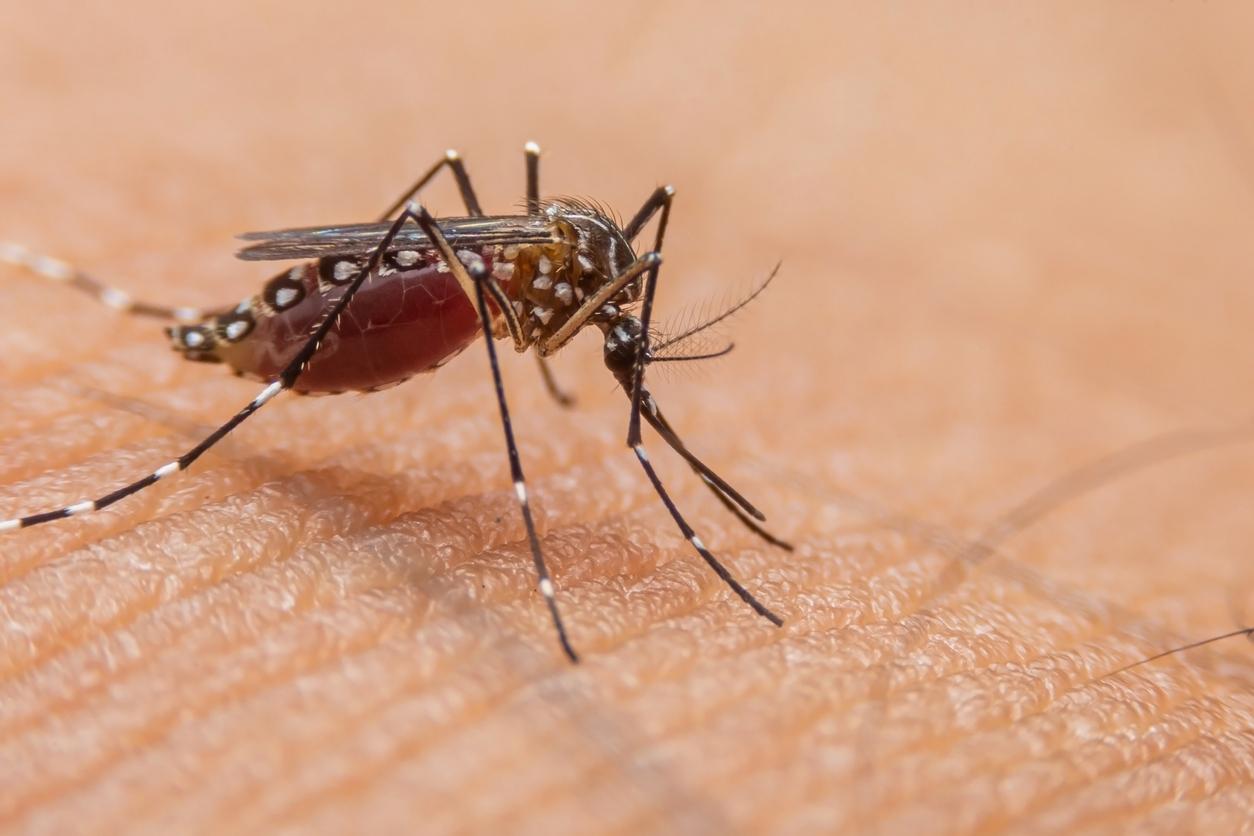The tiger mosquito, which is now installed in almost all of France, can transmit diseases such as dengue fever when it bites humans. How to recognize its sting?
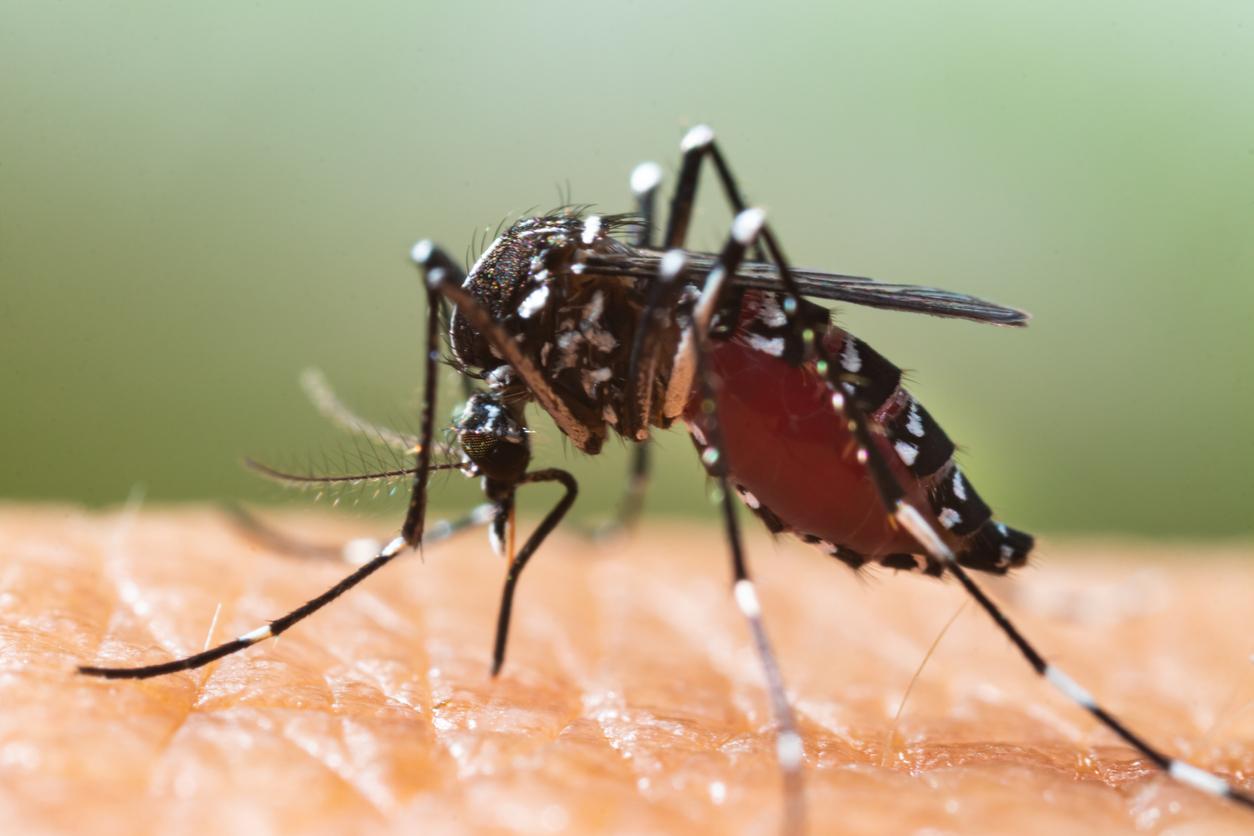
- The tiger mosquito colonized 71 metropolitan departments on January 1, 2023.
- When you are bitten by a tiger mosquito, the itch appears quickly and intensifies for several minutes after the bite.
- The pimple that occurs looks like a flat blister 5 millimeters to 2 centimeters in diameter. A red halo is added in some people.
The Aedes albopictus mosquito, nicknamed the tiger mosquito because of the stripes on its body, is native to the tropical forests of Southeast Asia. Spotted for the first time in France in 2004, it is now present in 71 metropolitan departments. In addition to greatly disrupting our summer activities with its bites, the animal is a vector for several tropical diseases such as dengue fever, chikungunya and zika. Why Doctor details the elements that allow you to know if you have been a victim of this invasive species or its European cousin.
Tiger mosquito: 3 particularities to recognize its pimples
Unlike our endemic species called Culex, which is mainly active at night, the tiger mosquito is diurnal. It thus bites during the day with a preference for the morning and the evening. It is also silent.
“The tiger mosquito bite scratches almost instantly, then the itching disappears. It can nevertheless reappear for several days in the event of a change in temperature (after a shower for example)”, warns theHANDLES on its website.
It is possible to spot an Aedes albopictus button by:
- its shape: it looks like a somewhat flat circular blister like a light bulb;
- its size: it varies from 5 millimeters to 2 centimeters in diameter;
- its color: the area of the button is generally a little lighter than the color of the epidermis. A red halo may appear in some people.
“The button is usually hard, hot and painful”adds the French organization.
Tiger mosquito bite: how to protect yourself?
The first point to avoid the bites of the tiger mosquito is to limit as much as possible its places of life and laying eggs. For this, it is recommended to eliminate stagnant water:
- by regularly removing or emptying cups under pots or vases;
- by storing objects that can collect water such as buckets, gardening tools, tires, toys, etc., under cover;
- by placing a mosquito net over the water collectors;
- regularly cleaning the gutters.
Several gestures allow you to keep away these very annoying flying animals:
- use skin repellents following the precautions for use indicated;
- wear long, loose and light-colored clothing;
- use mosquito nets.










